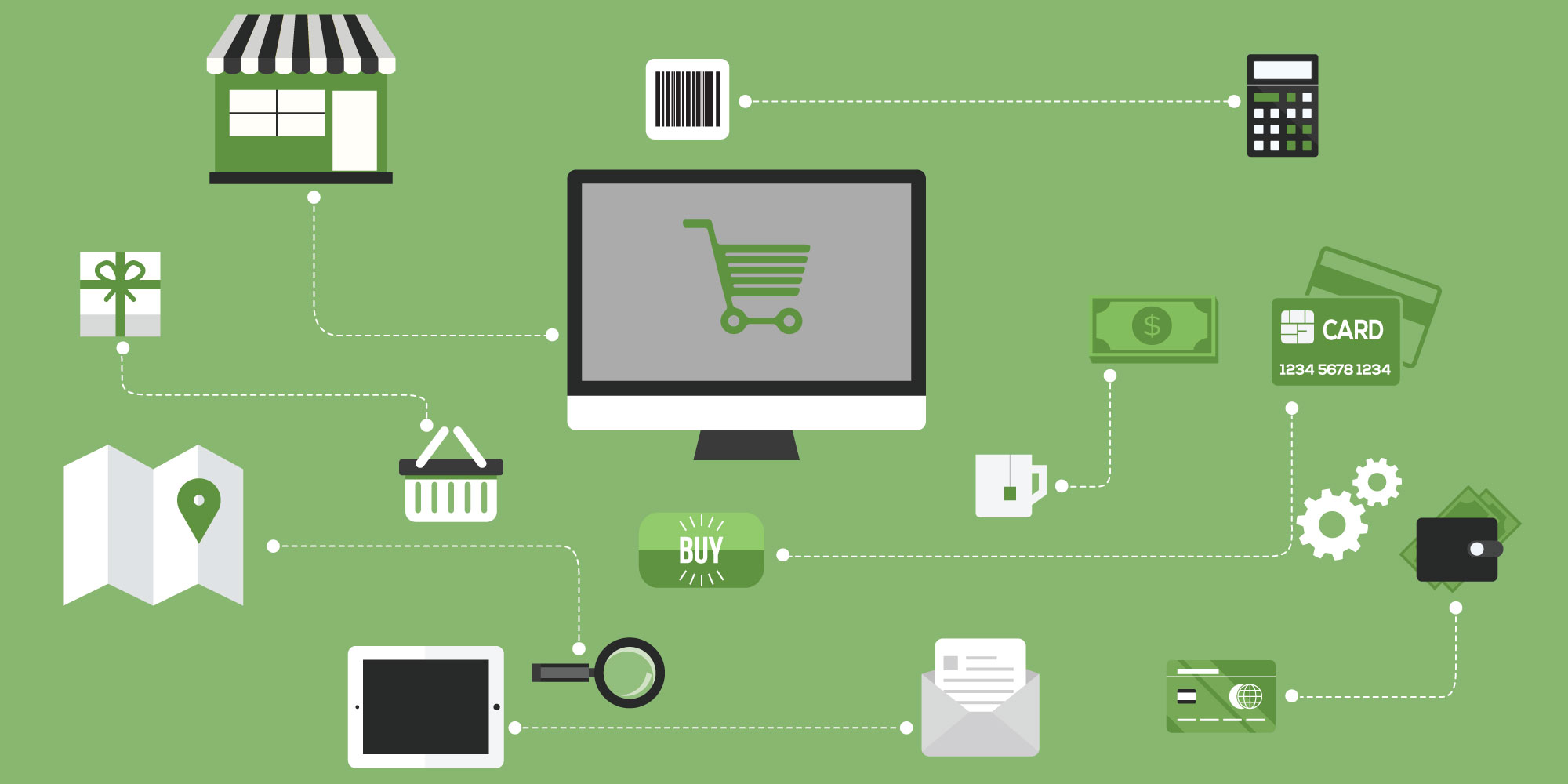In this freelancer’s opinion, the number one drawback of working for yourself is the amount of time it can take to get paid by clients. Payment periods can be weeks apart. Clients can take anywhere from three to 60 days to pay invoices. It varies depending on the company, their payment system, and your standing with them.
Keeping track of your invoices and incoming payments is one of the most important parts of freelancing. Tracking your finances means you’ll know how much to pay in quarterly taxes, how much to reinvest into your business, and how much you can spend. Unfortunately, once the invoice is out of your hands, so too is the control. Once you send an invoice, it’s up to the client to process and send the payment, which they do in their own time.
That means there can be weeks that go by without any income hitting your bank account. It’s a scary way to live if you’re not prepared. You can survive between payment periods as a freelancer by setting up systems that get you paid as quickly as possible, and by making sure your savings are where they need to be.
Table of Contents
ToggleHow to Survive Between Payment Periods as a Freelancer
Have Two Savings Buffers
Before you go full-time freelance, make sure that you have two different savings buffers. The first should be an emergency fund with nine months of living expenses. Keep this separate from all your other money, and use it only for true emergencies. This fund is a good idea for anyone to have, but it’s critical for freelancers. If you have a month with no clients or a month where
This fund is a good idea for anyone to have, but it’s critical for freelancers. If you have a month with no clients or a month where payments take particularly long, you’ll still be able to meet your financial obligations.
The second savings buffer you should have is one in your checking account. Keeping an extra $1000 in your checking account is a good idea for all freelancers. It’s like a more accessible, mini emergency fund. That extra money is there to keep you from dipping under bank minimums, to be used to pay bills before tapping your e-fund, and to give you general breathing room.
Having both of these financial buffers will make any stretch between payment periods much easier to weather.
Use an Online Payment System
Getting paid by snail mail is still an option with some clients, but it’ll definitely slow down your payments. They don’t call it snail mail for no reason!
Using an online payment system means your money shows up directly in your account. Due is a great option because their fees are lower than PayPal. Plus you don’t have to transfer the money out of PayPal and into your bank account- with Due it just appears in your checking account.
Going completely online will speed up the payment process. There’s also the fact that you don’t have to give out your home address when you’re being paid online. Privacy is a concern for a lot of people, and the more distance you can keep your business and your personal life, the better off you’ll be.
Invoice Immediately
Once you’ve finished a project for a client, send an invoice. There’s no rule that says you have to wait until the end of the month. If you finish client work on the 7th of the month, send your invoice immediately.
Sending invoices as you go can help eliminate end of the month invoice pile up for you, and it puts your invoice in front of a client early. They might still wait until the end of the month to pay you, but you’ve given yourself a chance at getting paid earlier.
Between a strong savings buffer and a prompt invoicing system, you shouldn’t have any problems between payment periods. You’ll be able to make your monthly payments, and hopefully you won’t go too long without some money coming in.
Freelancing should be something you do because you love it and you can make a living at it. You don’t want to scrape by each month. Setting yourself up with the right tools to be sucessful at it is critical. By arranging your finances before you make the leap, and using systems to ease the financial transition, you’ll find that freelancing comes with a host of other options that make your work life great.
















